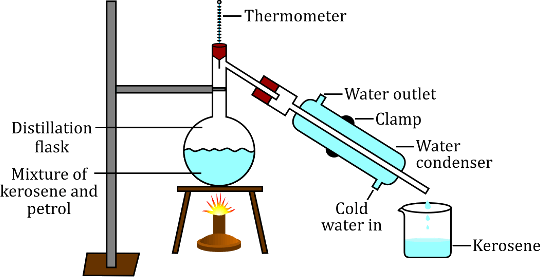Whether you’re looking to create a new gin still for sale for your business, here are three basic methods you can use to make your own gin. These methods include steeping, vapor infusion, and vacuum distillation.
What Is Gin?
Whether you’re new to Gin or just looking for a new favorite, there are three main ways to make Gin. Each method creates a different flavor profile. The first is by heating ethanol in a pot still.
This method produces a softer distillate. A column still is a very efficient distillation system. It produces an ultra-clean gin.
A pot still is another common method for distilling Gin. Botanicals are added to the mixture in a basket above the neutral spirit.
Some distilleries also use aroma baskets, which allow for the release of aromas. This method creates a more complex flavor.
Another method of making Gin involves vapor infusion. This method is similar to maceration. It is also known as the “flavorless alcohol” method. Botanicals are added to a clean cotton bag and suspended in the headspace above the liquid.
Steeping
Whether you’re a novice or an aficionado of gin, it’s important to understand the difference between distillation methods. Various distillers use different methods and create different flavor profiles.
Traditionally, gin was made by adding botanicals to neutral alcohol. Some producers use molasses and grapes as their basic alcohol. Others use a combination of alcohol and starchy products.
Gin distillation is a fascinating process. It takes advantage of the different evaporation temperatures, which separate alcohol chemicals. This allows for more control over flavors. There are three main methods of distillation, and they produce different flavor profiles.
Steeping is the oldest method of making gin. This method involves heating ethanol in a pot still and condensing it over time. It produces a strong base for the botanicals to extract their oils and aromas.
Vapor infusion
gin is a type of distilled spirit. It is made from a mixture of infused botanicals. These botanicals include juniper, cardamom, angelica root, and others. These botanicals are steeped in alcohol for a number of hours to extract oils and flavor compounds.
The juniper flavor is the predominant flavor of gin. The botanicals used to flavor gin vary greatly from distiller to distiller. Some are soaked in alcohol while others are macerated.
The botanicals are left in the gin for up to 48 hours. Some producers believe that this process is the secret to the characteristic flavor of gin. Some producers use a combination of steeping and maceration to produce the best flavors.
The final product is diluted to bottling strength with water. The distiller is able to control the flavor of the gin by varying the proportions of the botanicals.
Vacuum distillation
Several producers of gin are using vacuum distillation in order to make a fresher, more flavourful spirit. The technique is used in tandem with other distilling techniques.
It’s believed that this low-temperature process allows the botanical flavors to remain intact. It also reduces the amount of exposure the botanicals have to heat.
Vacuum distillation is a method that can be used to create brandy, shochu, and other distilled spirits. It also allows you to sample a wide range of flavors. For example, a brandy produced with vacuum distillation could offer a fresh apple and pear flavor.
Several producers of gin are also experimenting with the use of vapor distillation. This technique involves modifying the still to allow the aromatic compounds of botanicals to be released. It’s believed that it produces a more subtle flavor than a traditional method of distillation using ethanol.
Sum up all
Whether you’re a novice gin maker or an expert, it’s always a good idea to learn about the different methods of distillation. The different methods produce different flavor profiles, and distillers want to highlight the best of each.
The most common method of distilling gin is the traditional pot still. This process creates a strong base for the botanicals. In addition, it creates a smooth, clear product.
The second method of distilling gin is the vapor infusion method. This method produces a lighter-flavored gin, which is generally more subtle. However, this method isn’t ideal in an industrial environment. It is usually combined with the pot still method.
The most popular type of gin is the London Dry style, which was popular in the United States. This style gave rise to the popularity of mixed drinks. It uses predominantly juniper berries and other botanicals.
